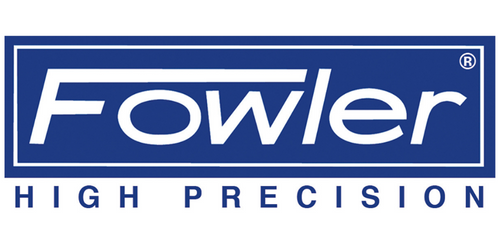The operator-less approach to manufacturing and inspection process have come a long way in recent years, with advances in technology allowing for greater efficiency and precision.
One of the key trends in this area is the shift towards an operator-less approach, where machines and robots are used to perform tasks traditionally carried out by humans. This approach offers a number of benefits, including improved quality control, increased productivity, and reduced labor costs.
One of the key stages in an operator-less manufacturing process is the loading of raw materials. Rather than relying on human operators to load raw materials into machines, robots are now being used to perform this task. This allows for greater precision and consistency in the loading process, as robots are able to handle materials with a high degree of accuracy and repeatability.
Once the raw materials have been loaded, robots are also being used to pick components from machine tools. This allows for greater flexibility in the manufacturing process, as robots can be programmed to pick components from a wide range of different machines. Additionally, robots are able to work at a much faster pace than humans, thus increasing productivity.
After the components have been picked, they need to be cleaned before they can be inspected. This is another task that can be performed by robots, which can be programmed to coordinate the cleaning process. The robots can be programmed to work in a specific order, ensuring that the components are cleaned in the most efficient and effective way possible.
Once the components have been cleaned, they need to be inspected to ensure that they meet the necessary quality standards. This is where inspection solutions such as Coordinate Measuring Machines (CMM), Scanners, and Multi-Sensor Systems come into play. These systems are designed to provide highly accurate and reliable measurements of the components, which can then be compared against the desired specifications.
Finally, the data obtained from the inspection process can be shared back to the machining center for automated machine tool offsets. This allows for real-time adjustments to be made to the manufacturing process, ensuring that the components produced are of the highest quality possible.
The Top 6 Benefits to Using Automation And The Operator-Less Approach To Manufacturing And Inspection:
- Improved Quality Control: Automation and the operator-less approach to manufacturing and inspection allows for greater precision and consistency in the manufacturing process, resulting in higher quality components. Inspection solutions such as CMMs, Scans, and Multi-Sensor Systems provide highly accurate measurements of the components, which can be used to ensure that they meet the necessary quality standards.
- Increased Productivity: Robots are able to work at a much faster pace than humans, which leads to increased productivity and reduced labor costs. Automation also allows for the efficient coordination of various tasks, such as loading raw materials, picking components from machine tools, and cleaning components, which further increases productivity.
- Reduced Labor Costs: By using robots to perform tasks traditionally carried out by humans, manufacturers can reduce labor costs. This is because robots are able to work around the clock, without needing breaks or time off, and they do not require health benefits or other forms of compensation.
- Flexibility: Robots can be programmed to perform a wide range of different tasks, which allows for greater flexibility in the manufacturing process. This means that manufacturers can adapt to changes in demand or product specifications more easily.
- Reduced Human Error: Automation and the operator-less approach to manufacturing and inspection eliminates the potential for human error, which can lead to wasted materials, increased costs, and lower quality products. This is because robots are able to perform tasks with a high degree of accuracy and repeatability.
- Real-time Adjustments: The data obtained from the inspection process can be shared back to the machining center for automated machine tool offsets. This allows for real-time adjustments to be made to the manufacturing process, ensuring that the components produced are of the highest quality possible. This also helps to minimize the time required for the entire process, making it more time efficient.
Overall, the operator-less approach to manufacturing and inspection offers a number of benefits. By using robots to perform tasks traditionally carried out by humans, manufacturers can achieve greater precision, increased productivity, and reduced labor costs. Additionally, the use of advanced inspection solutions allows for highly accurate and reliable measurements of the components, which can be used to improve the overall quality of the final product. All these steps are closely monitored and controlled by the automation software which coordinates all the machines and robots to work in harmony to deliver the desired results.
The operator-less approach to manufacturing and inspection is a trend that is set to continue in the coming years. With advances in technology and automation software, manufacturers can look forward to even greater efficiency and precision in their processes, resulting in improved quality control and reduced labor costs.
The ultimate goal is to achieve a fully automated manufacturing and inspection process, where the robots and machines work seamlessly together to deliver high-quality components ready to be shipped to customers.

